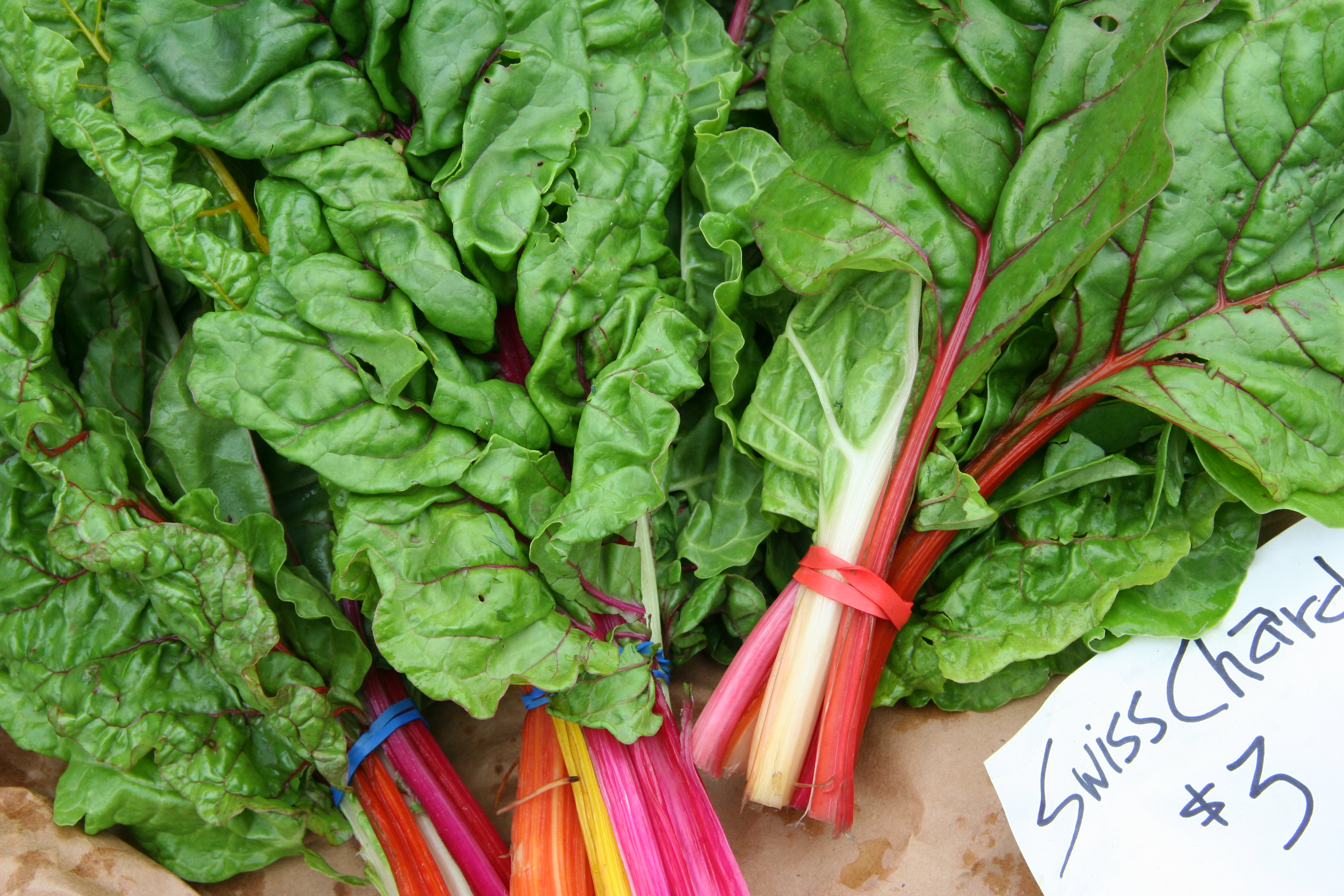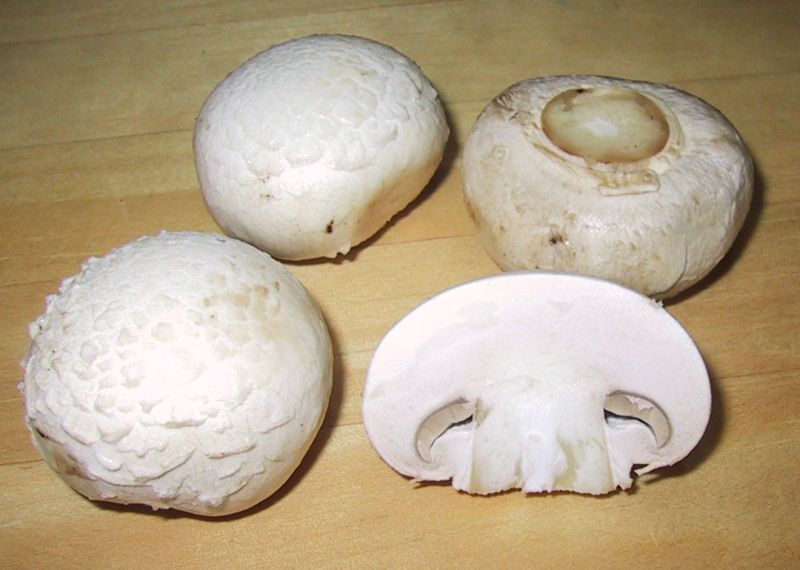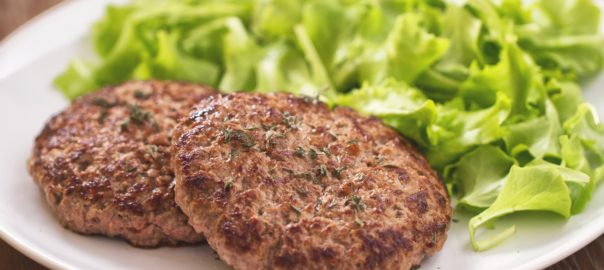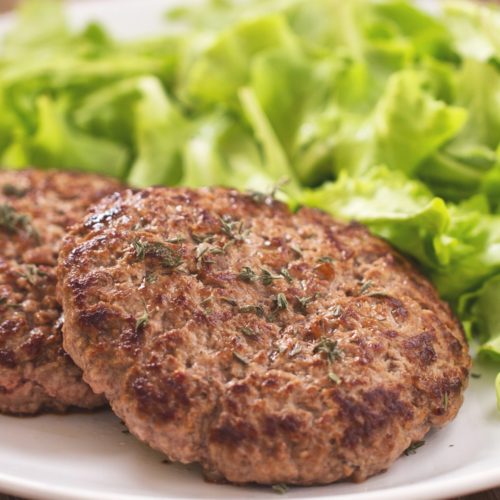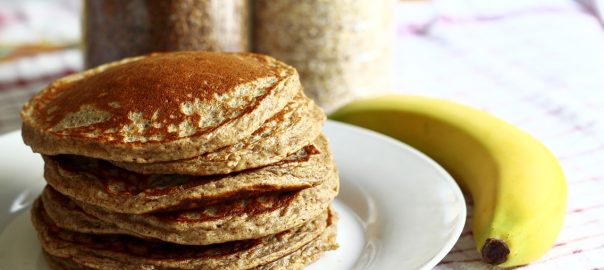 |
| black beans | photo: Paul Goyette |
Unfortunately this got eaten before a picture was taken so no casserole picture. [note to self: learn to take more photographs of food]
Over on my Facebook Fan Page I posted a Meatless Monday menu of black bean casserole, roasted asparagus, spring onions, cauliflower and cauliflower greens. It was a delicious dinner. I received a request for the recipe and decided to post it over here at the blog.
I love oven roasting veggies, it's such a simple way to put them together and really makes fabulous leftovers. And black beans are a great flexitarian choice; they're tasty, easy to prepare, and go well with so many different types of dishes.
Adding beans to your diet, if you don't already eat them, is such a healthy thing to do because not only are you getting protein, you're getting lots of fiber. One cup of black beans provides 15 g. of fiber and 15 g. of protein. A pretty good deal in my book. Even better you're also getting a lot of B vitamins, primarily thiamin and folate, plus iron, copper, magnesium, phosphorus, potassium, and manganese.
This black bean casserole is one of my favorites because with the addition of the corn tortillas it makes a complete protein. The original recipe that I developed calls for a generous sprinkling of shredded cheese on top however due to my new dietary restrictions I am avoiding cheese. I've discovered that the rice cheeses and other “fake” cheeses are just too unpleasant for my palate, both in taste and texture so I've been feeding what I bought to the dogs (who are thrilled) and just leave out the cheese altogether. But if you're a cheese fan and can eat it, use about 3/4 C.
Being where we are in the growing season at the moment with tomatoes so very expensive (and my garden burned to a crisp due to drought) I've turned to my favorite Pomi Chopped Tomatoes which come in a box rather than a can so there is no BPA. When tomatoes are in season and not hideously expensive I definitely prefer them and use about four in this recipe.
Black Bean Casserole
2 T. olive oil
1 large red onion chopped small
2 cloves garlic minced (more if you like lots of garlic)
2 ribs celery chopped small
1/2 of a 26 oz box of chopped tomatoes
2 cups cooked black beans
1 t. cumin
6 medium size corn tortillas cut or ripped in half
2 T. minced cilantro
1 T. lime juice
2 spring onions chopped
sea salt and pepper to taste
hot sauce (optional)
Preheat oven to 350 F
Lightly grease a medium round pie dish
In a pan heat olive oil, saute onion until wilted
Add celery and garlic and saute until celery is wilted
Add black beans, tomatoes, and cumin, cook until heated through
Remove from heat and add salt and pepper to taste
In pie pan layer 4 corn tortilla halves with 1/3 black bean mixture
(the top layer is where the cheese goes if you're using it)
Repeat layers ending with bean mixture
Cover and bake 30 minutes
Remove from oven, sprinkle with spring onions, cilantro and lime juice
Note: when tomatoes are in season and I use fresh I often top this with some chopped tomato

